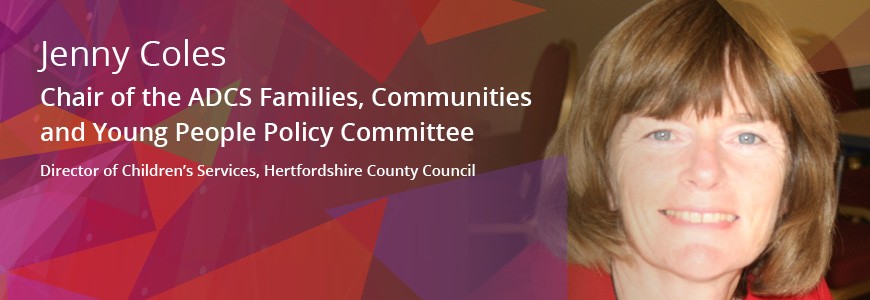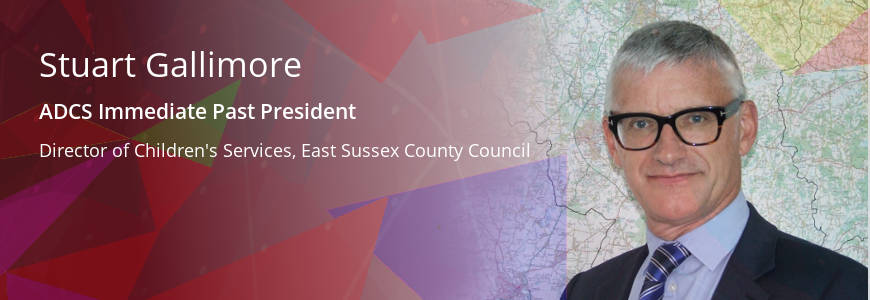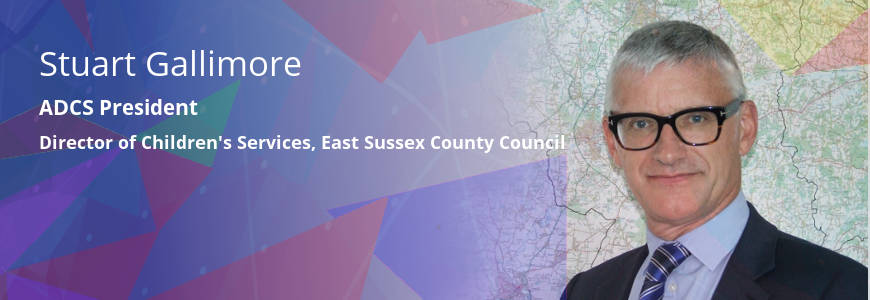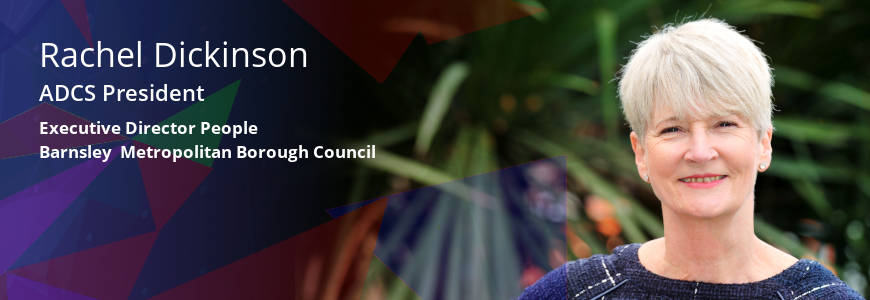A Turning Point for Youth Justice?

Peter Clarke, HM Chief Inspector of Prisons, recently presented a shocking assessment of the youth justice system in the inspectorate’s annual report.
The 2016/17 report, which came out last month, draws on the findings of regulatory visits to young offenders’ institutions (YOIs) and secure training centres (STCs) across the country. HMCI concluded there was not a single establishment in England and Wales in which it was safe to hold children and young people. He described the speed of decline as “staggering” and went on to warn that the current state of youth custody is so dangerous that tragedy is “inevitable.”
Inspectors found that violence and intimidation is a constant feature of life in YOIs and in STCs, which typically house younger and more vulnerable children, the picture is no different. Here inspectors found poor behaviour management, understaffing and an overuse of force in response to such behaviours. We also know from recent Youth Justice Board statistics that incidents of self-harm and assault rates have doubled since 2011 despite a significant drop in the overall numbers of children in custody over the last few years.
When reading this report, I found myself imagining if a school, children’s home or even a hospital was being described by the relevant sector regulator as a dangerous and unsafe environment and it is simply unthinkable. Yet we know that children and young people in conflict with the law are often very vulnerable and have complex needs including learning difficulties, behavioural disorders and poor mental and physical health overlaid with traumas such as early experiences of neglect or bereavement, for example.
To effectively change offending behaviours, the focus of custodial sentences must move away from punishment towards rehabilitation and prevention of further offending. Charlie Taylor’s review of the youth justice system rightly highlighted the importance of education and the valuable opportunity a custodial sentence can present in terms of meaningful engagement in education and skill acquisition, possibly for the first time. However, persistently low expectations, staffing shortages and related concerns about safety are impacting on the delivery of the education entitlement in STCs and YOIs and consequently on
the outcomes ultimately achieved. In fact, HMIP inspectors found attendance at education was as low as 66% in some YOIs.
The proposed secure schools model, which the government has accepted, seems to offer a sensible way forward although funding will surely be an issue here. We know work has begun on scoping out the first two secure schools but it is important that steps are taken now to safeguard children and young people’s health, safety and wellbeing whilst in the care of the state. I know ADCS members are keen to work proactively with central government departments and the YJB to address the welfare concerns raised in HMCI’s report and on the longer term reform plans. We have recently written to ministers in the Departments for Education and Justice as well as senior leaders in the YJB to this end. This report must be a turning point and serve to raise the profile and importance of the most vulnerable young people who come into contact with the criminal justice system.
Related Blog Articles
Completing this blog has been one of my final acts as President before handing...
In General
Ofsted has just launched its Big Listen as it seeks views from the sector,...
In Inspection & Improvement
Working together has been a bit of a theme over the last few months in the...
In Safeguarding & Child Protection
When I last blogged, I reflected on the paucity of the use of technology in...
In Workforce
Earlier this week I attended a reunion with a group of much valued former...
In General
Since my last blog, the National Audit Office (NAO) published its report...
In Funding
Like in most local authorities, children who are subjects of a child protection...
In Safeguarding & Child Protection
At some point over the past 20 months most of us will have attended a virtual...
In General
“Stay at Home. Protect the NHS. Save Lives.” It couldn’t be simpler, could...
In General
So, writing this in the middle of August makes me think that in many ways this...
In General
In the week that “Freedom Day” was delayed for a month, almost as if it were...
In Safeguarding & Child Protection
I’ve been spending quite a lot of time on trains travelling to meetings and...
In General
On Monday, 18 March, it was Child Exploitation Awareness Day. Across social...
In Safeguarding & Child Protection
In the last week, I had a really interesting series of meetings with Dave Hill,...
In Education
I am writing this blog as we come to the end of another school year – it’s...















